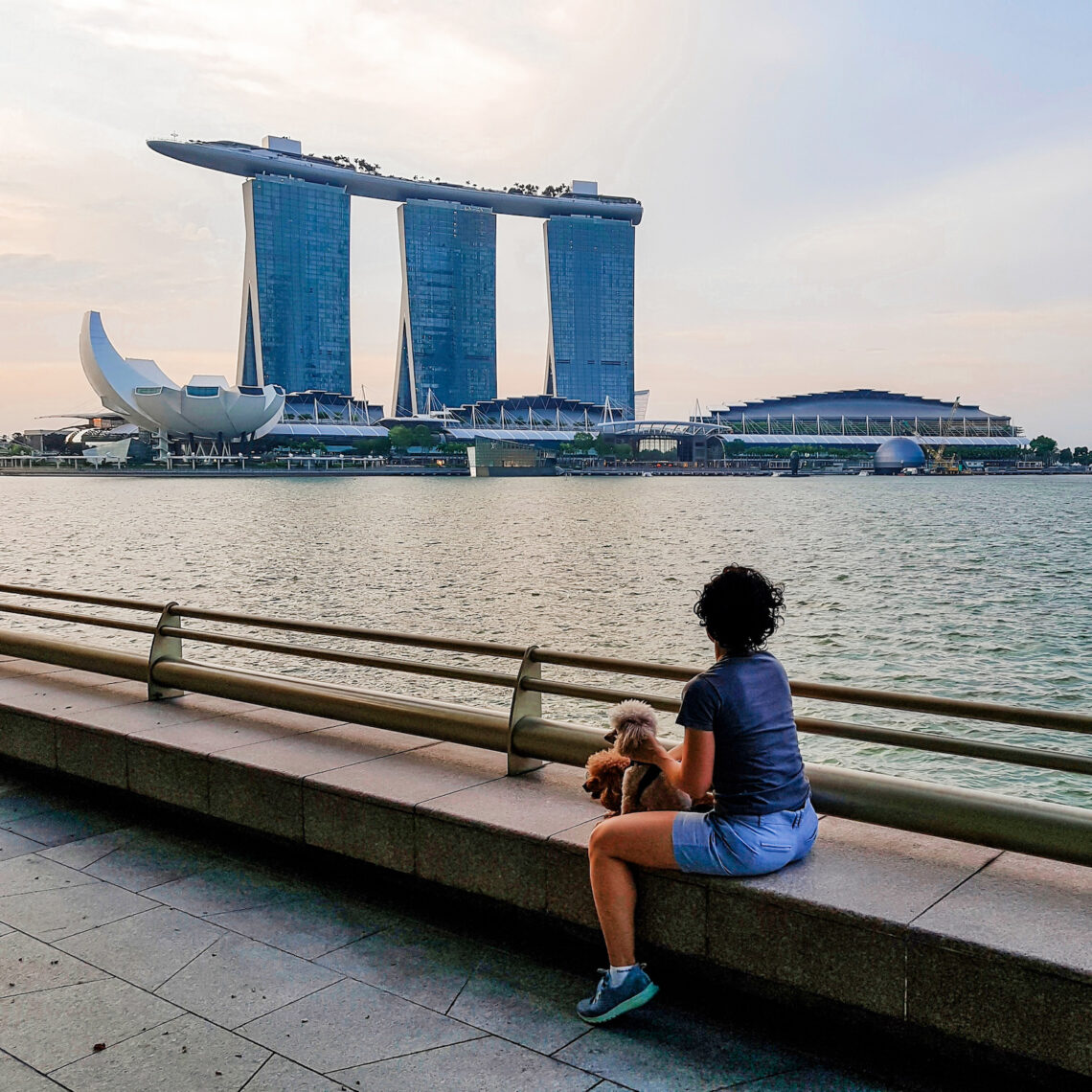
Adventure of a Lifetime Quickly Goes Off the Rails
Our first year of nomad life
Our adventure began with a less-than-graceful exit from Singapore, our home for over six years. We had sold or donated most of what we owned yet still had far too much to bring with us. We were couchsurfing with friends because we had already given up our apartment.
On our very last day in Singapore, Gillian had to work a full day, plus we decided to shoot our very first YouTube video (the most awkward video ever), plus we still hadn’t packed. By 8pm that night, Gillian was almost in tears trying to fit everything into our suitcases and realizing it was impossible.
Then it was time to head to the airport with two very anxious dogs (not to mention their anxious humans) for our late-night flight to Poland. And why Poland as our first destination, you may ask. It was the cheapest one-way economy flight to Europe that we could find.
With that, we kicked off four years of traveling. They were four years of non-stop, once-in-a-lifetime experiences: trekking the highlands of Ecuador; walking the walls of Dubrovnik; releasing baby turtles in Mexico; exploring the Acropolis in Athens; the list goes on and on.
Under normal circumstances, we’d be more than satisfied to bag a couple of these unforgettable trip experiences in a year. During our full-time travels, we were knocking off one or two a week and feeling somewhat oversaturated. It was time to take a breath. That’s when we decided to trade in our nomadic lifestyle for a home in small town Ontario.
I promised myself that once we were settled in our new home base, I would spend some time reflecting on everything that we had seen and done and learned over the past four years. And this is it: a fast-paced recap of our adventures. I’ve included the highlights, of course, but also the difficulties that we had behind the scenes. We were newbie travelers stumbling our way around the world while also juggling real-life issues, most of which never made it into our vlogs and blogs.
- Golden Autumn in Krakow
- Faded beauty in Lviv
- Dazzled by Istanbul — except for our Airbnb
- A major misstep in Fethiye
- Florence was a delight — until a virus broke out
- Hiding out at Lake Como
- Emergency flight to Toronto
- What we got wrong in Athens
- Hidden gems in Northern Greece
- Dubrovnik without the crowds
- Nomad lifestyle in Split
- A disappointing return to Istanbul
Golden Autumn in Krakow
After leaving Singapore, the very first stop on our four-year journey was Krakow, Poland. We arrived exhilarated and exhausted after a very sleepless night on the plane (try spending 12 hours in economy with a dog carrier taking up all available footroom).
We couldn’t have picked a more beautiful time of year. October is known in Poland as Golden Autumn; the trees truly had turned golden, and it seemed like the whole city was out enjoying the walking paths along the Vistula River.
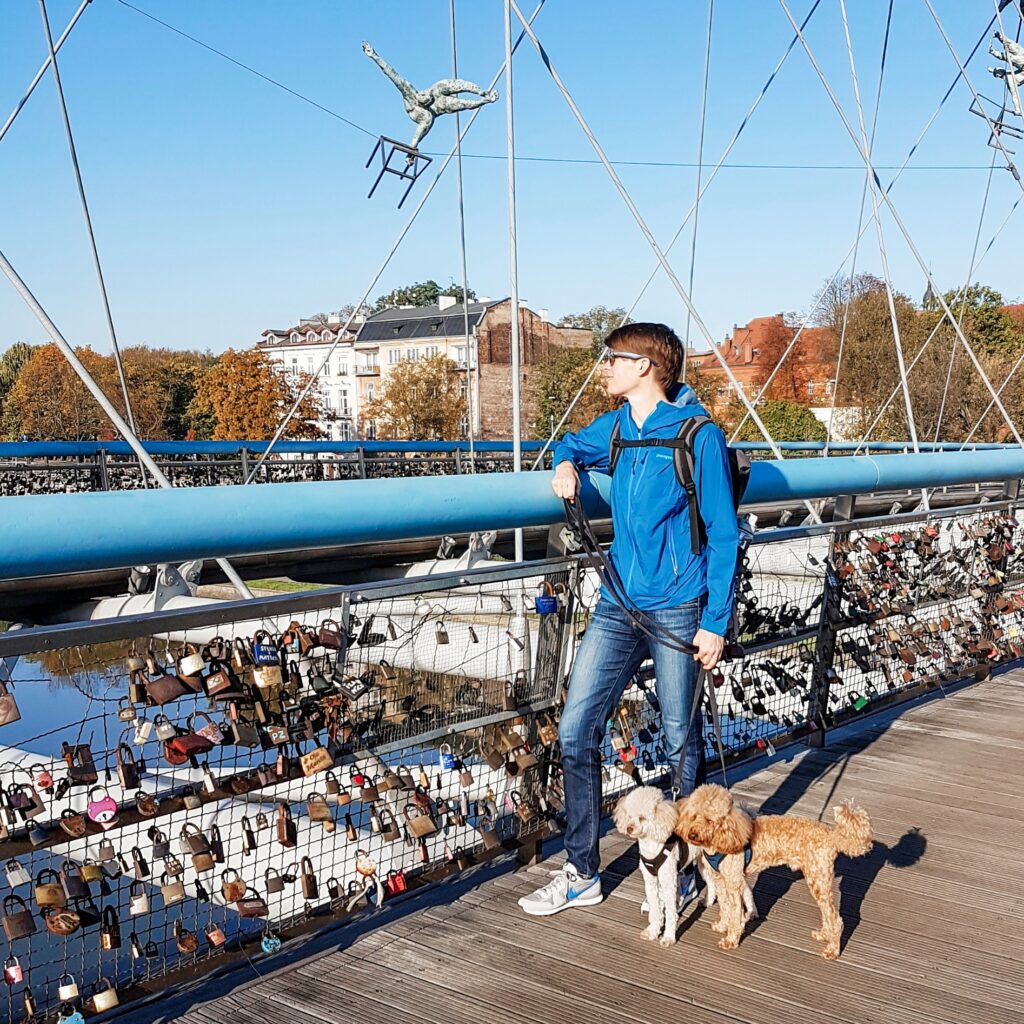
Our time in Krakow felt like a long weekend that just kept going. No 4:45 am alarm to get to the gym and then race to the office. We woke up late, went to the gym, got burgers at the food truck park, tippled Bison Grass vodka, and lined up with the locals for 1EUR cones at Good Lood, Krakow’s outstanding ice cream chain.
We also covered off a few of the tourist must-sees. We explored the old town and Planty Park, the green space that encircles the city. I did a food tour and also got the official walkthrough of Wawel Castle.
Looking back, it was a perfect introduction to our new nomad lifestyle. The city was beautiful; our cute studio apartment was a short walk from everything; dining out was affordable. We even got to bring our dogs inside a restaurant for the very first time (yet another reason we love Europe).
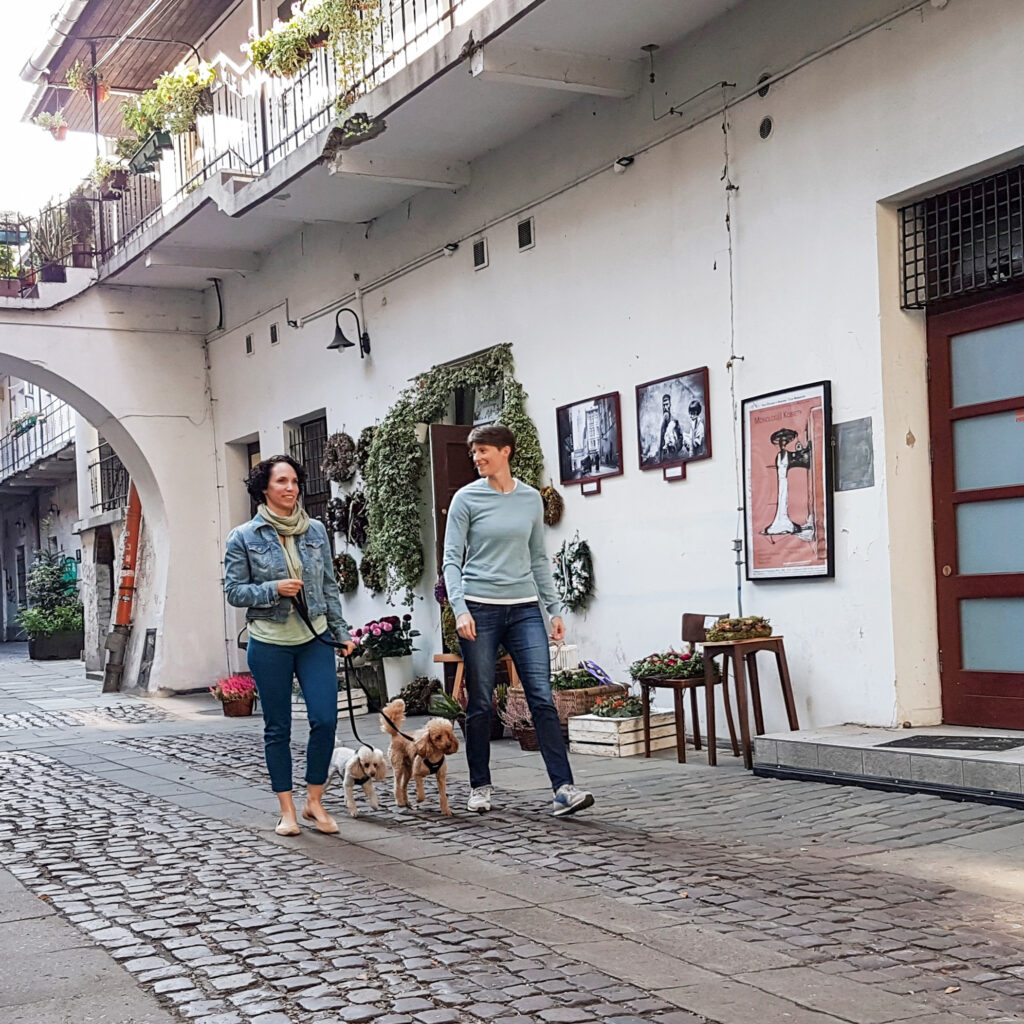
We were feeling supremely validated in our life choice to abandon our careers and upend our lives in order to travel. But, all too soon, our time in Krakow was over, and we were hopping on a train bound for Ukraine.
Of course, “hopping” makes it sound easy; there was absolutely nothing easy about dragging two huge suitcases weighing 50 lb/23 kg each plus two backpacks that were bursting at the seams plus two dogs in their carriers.
Unfortunately, Gillian had convinced me to save a few bucks by riding in the second class cabin to the Ukrainian border — likely the worst train ride of our entire nomad experience.
Faded beauty in Lviv
We waved goodbye to Krakow and hauled ourselves, two dogs, and all our luggage onto the train. Having little experience with booking train rides in Europe, we had foolishly booked the less expensive second-class seats. It’s just a couple of hours on the train, we thought, how bad could it be?
We found ourselves squeezed into a very full 8-person compartment on a small commuter train where there was certainly not enough room for our enormous suitcases, let alone our bulky knapsacks, our squirming dogs and their carriers. We abandoned our luggage in the hallway and hoped for the best.
We had booked the window seats facing each other, but a silent, sour-faced woman sitting in one of them had no interest in shifting over no matter how many times we showed her our ticket. We spent the entire uncomfortable ride with two of us squished in a single seat and the two dogs on our laps.
Naturally, the train was delayed, and we, along with everyone else heading to Ukraine, had to grab all our belongings and run to the next train. I carried the dogs at a brisk pace; Gillian did her best dragging our two 50 lb/23 kg suitcases — one of which was reduced to three wheels as the fourth broke off under the strain (and that’s what we get for buying used luggage).
Travel woes aside, we reached Lviv and found it to be a lovely city, although somewhat of a faded beauty since so many historic buildings were in a state of deterioration. Like Krakow, this was another whirlwind of a visit. We did a city tour with an enthusiastic history student; we ate our way through a food tour that included an atmospheric restaurant in the basement of a former monastery. We also visited the beautiful Lychakiv cemetery, which is considered an open-air museum due to the elaborate monuments of its residents.
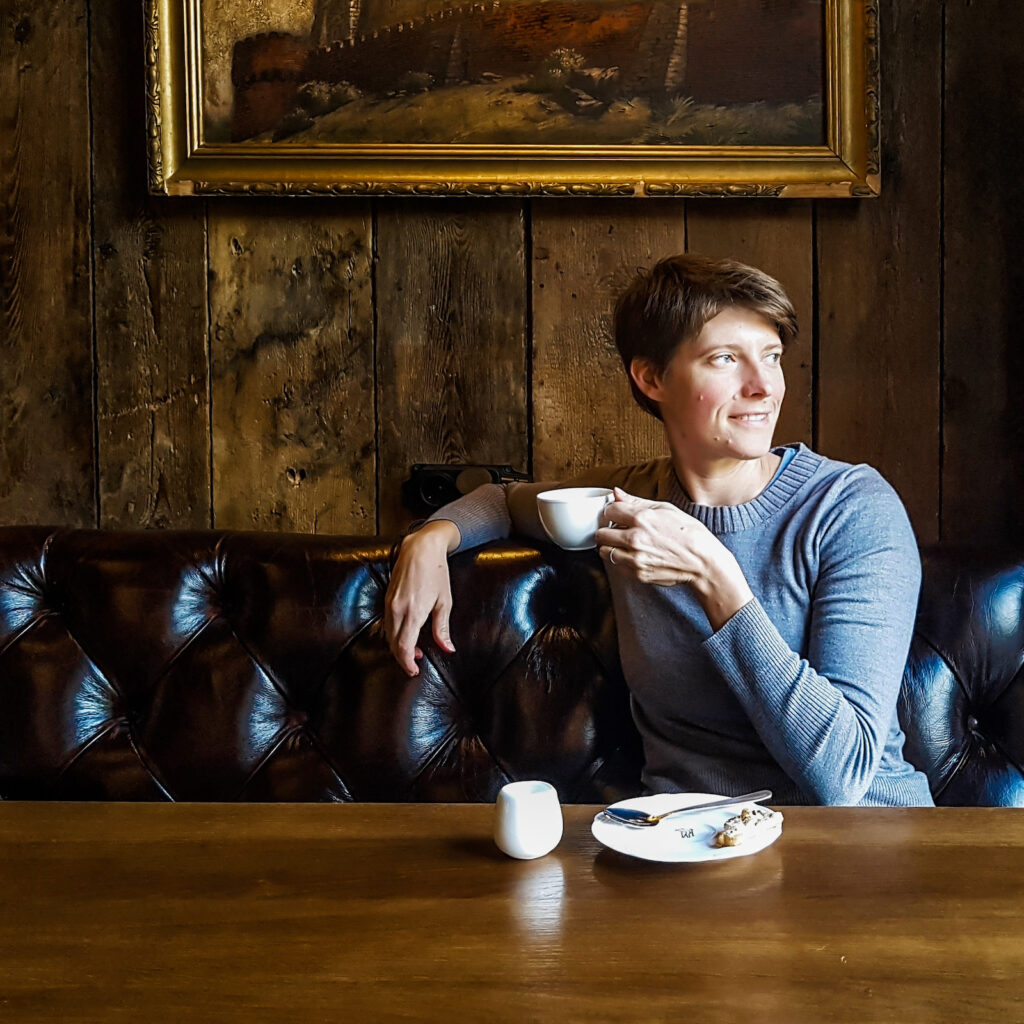
Of course, all our memories of Lviv are now clouded by the ongoing war with Russia. When we think back, we always feel quite sad for the local people we met whose lives have most certainly been affected by the war.
Dazzled by Istanbul — except for our Airbnb
It was already night when we arrived at our Airbnb in Istanbul, the next stop in our four-year journey, and the first moments weren’t promising. What had appeared to be an eclectic, charming apartment in the Airbnb photos was, in fact, a rundown space with worn-out furniture.
The bedding was hanging on a drying rack in the living room; the bathroom was cluttered with half-used products; and the kitchen cabinets were full of open, sticky food and mismatched dishware. Worst of all, the fridge had stopped working sometime in the preceding days and the stench was absolutely terrible.
We’ve shared many times that we started our travels with a very tight budget. We’d spent our final working years relentlessly trying to save money and went into our travels with the same frugal mindset. Unfortunately, as we were already learning, a strict $900 USD / $1,200 CAD for monthly accommodations didn’t go very far in many destinations, including a sophisticated city like Istanbul.
We found a meal around the corner, tidied up where we could, and tucked in for the night, only to be jolted awake by an upstairs neighbour’s boozy rendition of Beatles classics.
In the morning, it was a fresh, new day, and we were ready to be dazzled by Istanbul. This was the destination that we were most excited to visit, and it was everything we hoped it would be.
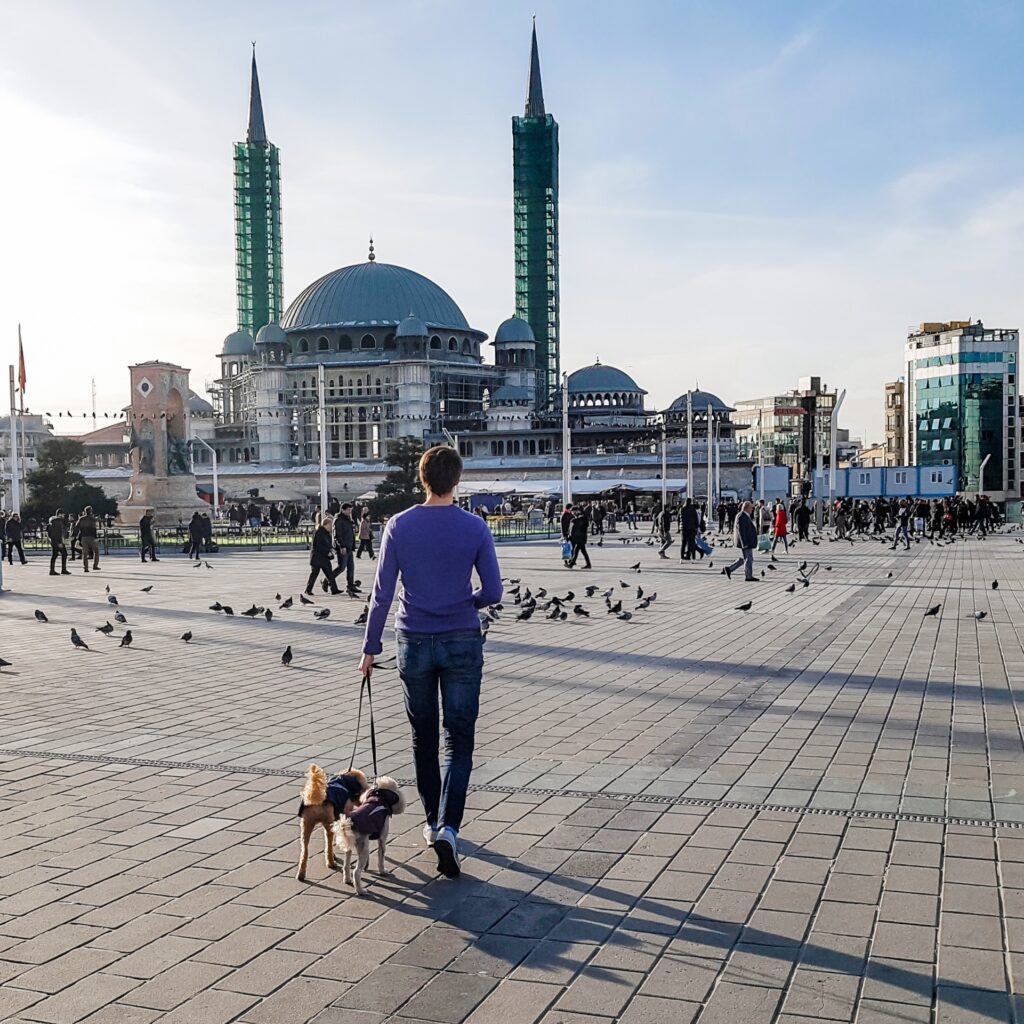
We wandered along lively Istiklal street; sampled as many versions of Turkish breakfast as possible; cruised the Bosphorus; toured the Blue Mosque and Hagia Sofia; saw the fishermen on Galata Bridge; and explored local favourites from stuffed mussels to sheep’s head to liver kebabs and mezze with raki. We did all that, and so much more, yet still barely scratched the surface of what Istanbul has to offer.
Then, right in the middle of our love affair with Turkey, I got the phone call that no one ever wants to get: My mother had been diagnosed with ovarian cancer. We were already packing up and heading to the coast of Turkey but, somehow, I would have to get home.
A major misstep in Fethiye
If I thought our Istanbul Airbnb was disappointing, I almost burst into tears when we walked into our rental in Fethiye on the coast of Turkey. This time, much of the fault lay with us. Gillian couldn’t believe her luck in finding an Airbnb for the low price of $500 USD a month (that should have been the first clue) and I had been lax in giving the Airbnb posting a close review (the one and only time that ever happened).
The apartment was small, cold, and very damp; water was trickling down the inside of the windows. The furniture was worn out; the kitchen was under-equipped; the tiny bathroom was in a wet room style, where everything gets soaked down when the shower is turned on.
We had intended to stay there for a month; I was only able to spend a single, uncomfortable night. We took the evening to negotiate a refund, claiming it was a safety issue since the steep path leading to the front door lacked lighting.
Fortunately, we were able to find a last-minute apartment where the host was willing to accept two dogs and an early morning check-in. A cab ride later, we were able to breathe a sigh of relief in a warm, dry Airbnb in the suburbs of Fethiye.
With that settled, we could turn to more important matters. I urgently had to get to Canada to see my mother. We briefly considered heading there together, but our nomad life had only just begun, and we weren’t ready to pack it in so quickly.
I raced to Toronto for a 10-day visit, which was a blur of medical appointments and chemo treatments. Then it was back to Turkey to rejoin Gillian and the dogs and to sample at least a little of what the Turquoise Coast had to offer (beautiful views, ancient ruins, excellent hiking on the Lycian Way).
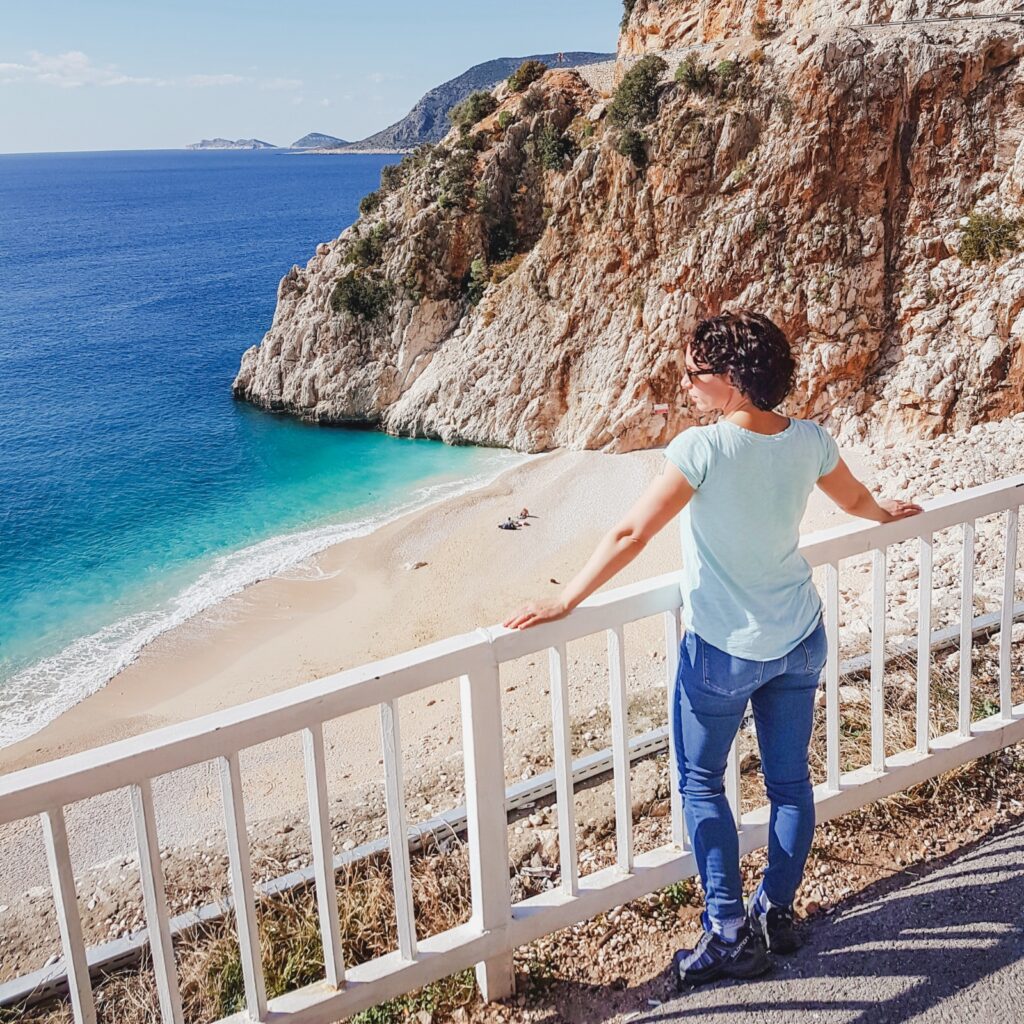
During this period, I was largely in a state of shock. On one hand, we had just traded in our careers and home for an exciting life of travel. On the other hand, my mother was suddenly fighting cancer, and I would eventually need to be by her side. But we would have to take stock while on the move as Italy was the next destination on our itinerary.
Florence was a delight — until a virus broke out
Florence was the city where we really started to find our rhythm as slow travelers. Italy was the fourth country in our 19-country adventure and, by now, we were starting to feel confident about tackling a new destination.
As soon as we arrived, we dropped off our bags and headed for an orientation walk through the breathtaking historic centre. We soon found ourselves walking the dogs across the stunning Piazza del Duomo and feeling very pleased with our nomadic lifestyle. Most tourists get just a few days to take in a city; we had a whole month to savour Florence.
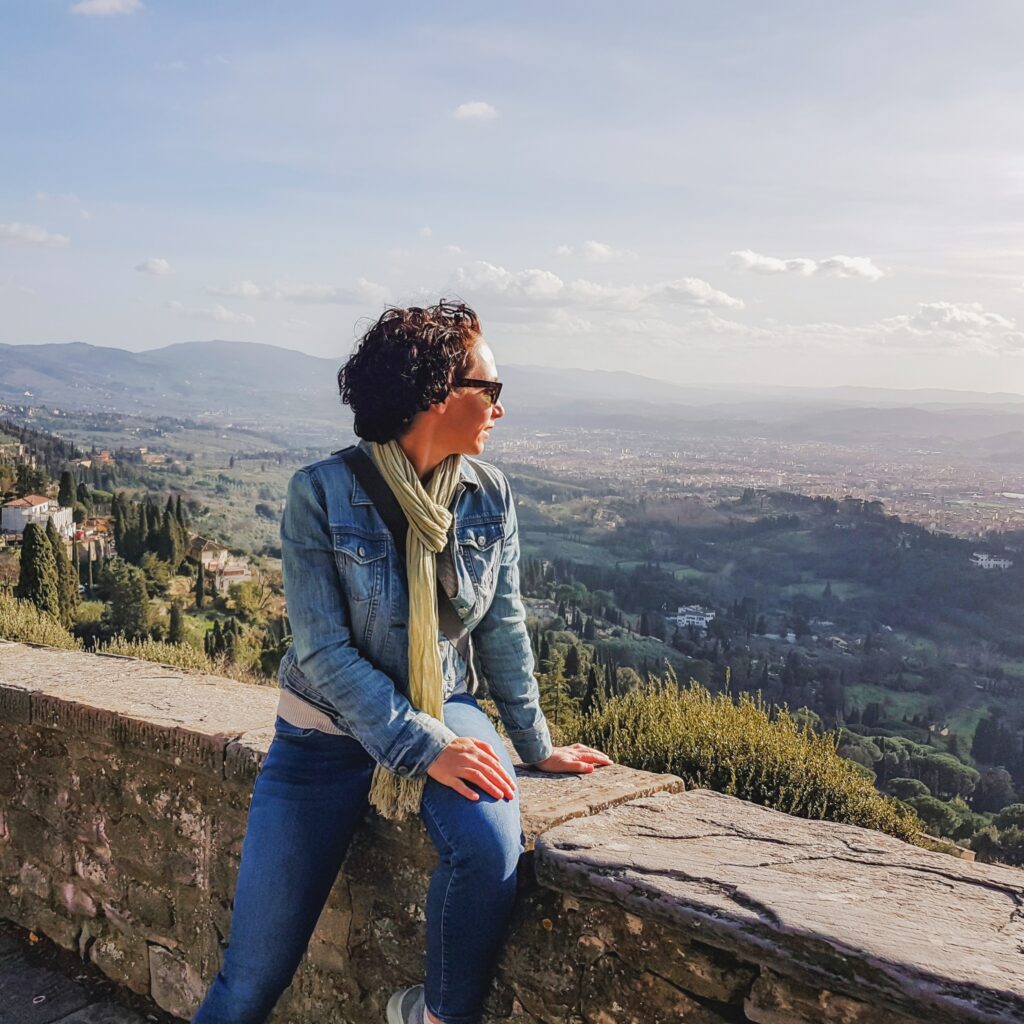
We took long walks along the Arno River; had a spin through the famous Ponte Vecchio, a Medieval bridge packed with tiny shops; did the Rick Steves audio tour of the city’s Renaissance highlights; hopped on a bus to Fiesole, a lovely little hilltop community with an outstanding view of Florence; and spent hours in the Uffizi Gallery, including a few precious moments alone in front of The Birth of Venus by Botticelli.
The food in Florence was, of course, incredible. We lined up for one of the best schiacciata sandwiches in town; joined the working crowd for a fixed-price lunch with wine at a local eatery; sampled a classic lampredotto sandwich from a street vendor, with the filling being the slow-cooked fourth stomach of a cow; and tried the best gelato ever at a small-batch, family-run shop around the corner from our Airbnb.
The only thing that worried us was the news about a flu that was moving quickly through the towns of northern Italy. We were even hearing talk of a state of emergency declaration. That’s fine, we thought, we’re heading south anyway. We were off to our next destination of Lecce in the Puglia region of Italy.
Of course, we had no way of knowing that the entire world was about to be in a panic over COVID and that Italy would be the epicentre of the European outbreak.
Hiding out at Lake Como
Here’s the most important lesson we learned after spending four years on the road: If you’re in a country where there’s a virus breakout and a state of emergency is about to be declared, leave immediately.
Don’t take time to debate the options — the way we did in Italy during the COVID pandemic — and then get stuck in a foreign country during a national lockdown. We took just a little too long to react to a fast-moving situation and, as a result, found ourselves stuck in the middle of northern Italy just as COVID spiraled out of control there.
We had just arrived in Lecce when the national lockdown was announced. We still had a month to go in Italy but realised we should probably leave sooner — like right away. We had originally intended to travel to Croatia by ferry. Unfortunately, by the time we checked the schedules, the ferries in and out of Italy had been halted.
Our next thought was to get somewhere else in Europe — anywhere would do at this point. We just needed a place to regroup and plan our next move. However, one by one, countries were banning travelers coming from Italy.
Fortunately, Hungary was still open so we booked a flight to Budapest. We packed up and took a train to Bari, getting into position for the next day’s flight. Again, it was already too late. We got a call from our family in the middle of the night; Hungary was closed to travelers from Italy.
Now we were really in trouble. We were camped out in a transit hotel with two dogs and nowhere else to go in a country that was in a state of emergency with a strange virus rampaging through the population.
Suddenly, Gillian remembered that one of her grad school classmates had a vacation home on Lake Como. It took one phone call and a nine-hour train ride to northern Italy, but we eventually found ourselves in a beautiful apartment with a spectacular view of the lake and the Bergamo Alps. There we stayed for the next six weeks, tucked safely in the mountains while COVID cases soared and borders shut down everywhere.
But we couldn’t stay there forever, of course, because our 90-day Schengen visa was about to run out.
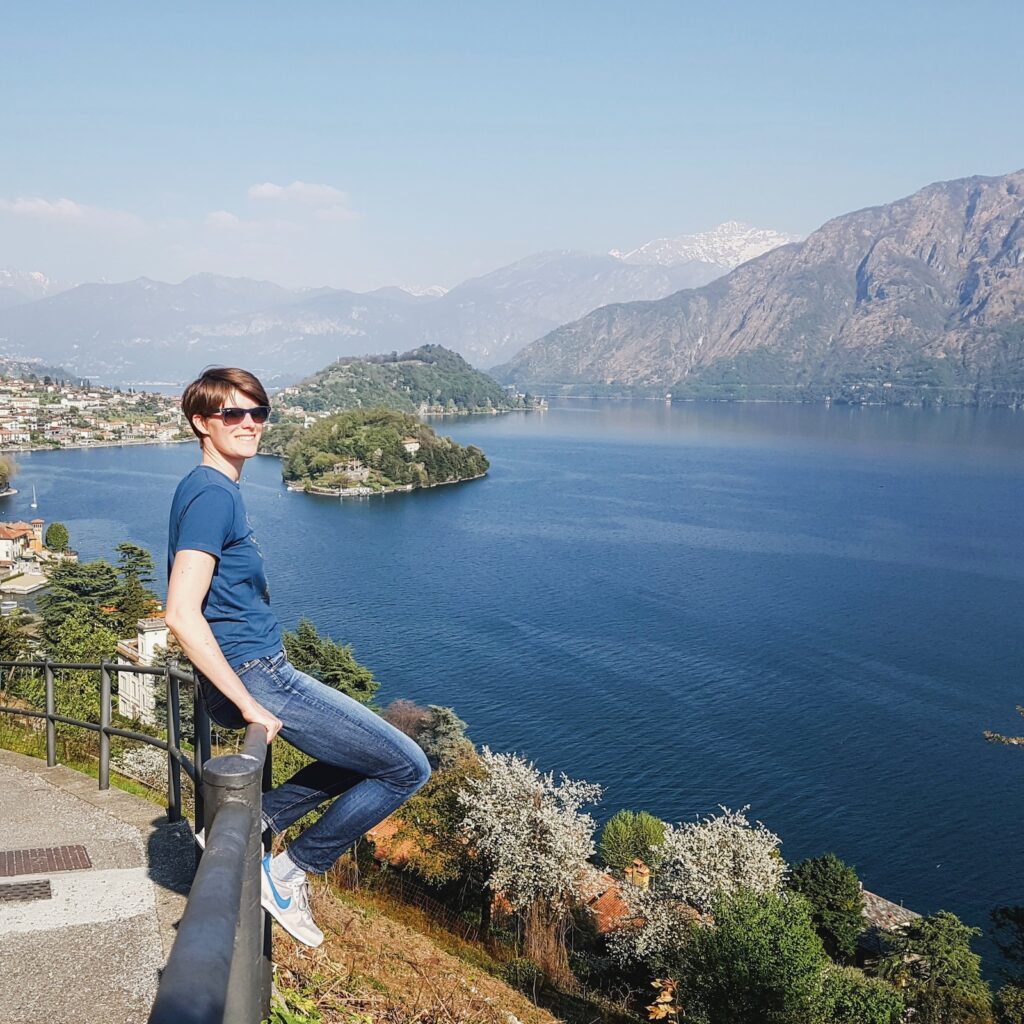
Emergency flight to Toronto
With countries all around the world closing their borders to non-residents, we had to go to the one country that wouldn’t turn us away. It was time to go back to Canada, even though we hadn’t lived there for over almost seven years.
Of course, we were more than ready to return by that point. I needed to be with my mother to provide support during her chemo treatments. The only question was how could we get there when flights were being canceled daily.
We took a private transfer from Lake Como to an empty Milan airport and flew from there to Frankfurt. Since we had no access to masks — the local pharmacies had been sold out for weeks — Gillian fashioned highly ineffective masks out of hotel bathroom slippers (you have to admire the ingenuity).
The scene at the Frankfurt airport was surreal; just a handful of passengers making their way through a terminal with the capacity for thousands. Fortunately for us, Air Canada maintained a daily emergency flight from Frankfurt to Toronto during the early days of the pandemic.
It was the most unusual flight of my life. There were less than a dozen of us passengers on a plane that seated almost 400. The flight attendants were in full-body protective gear and kept their distance, tossing packaged food and water bottles to us from time to time.
Just like that, our travels were over. We were locked down in Toronto, focused on family, and wondering when the world might open up again.
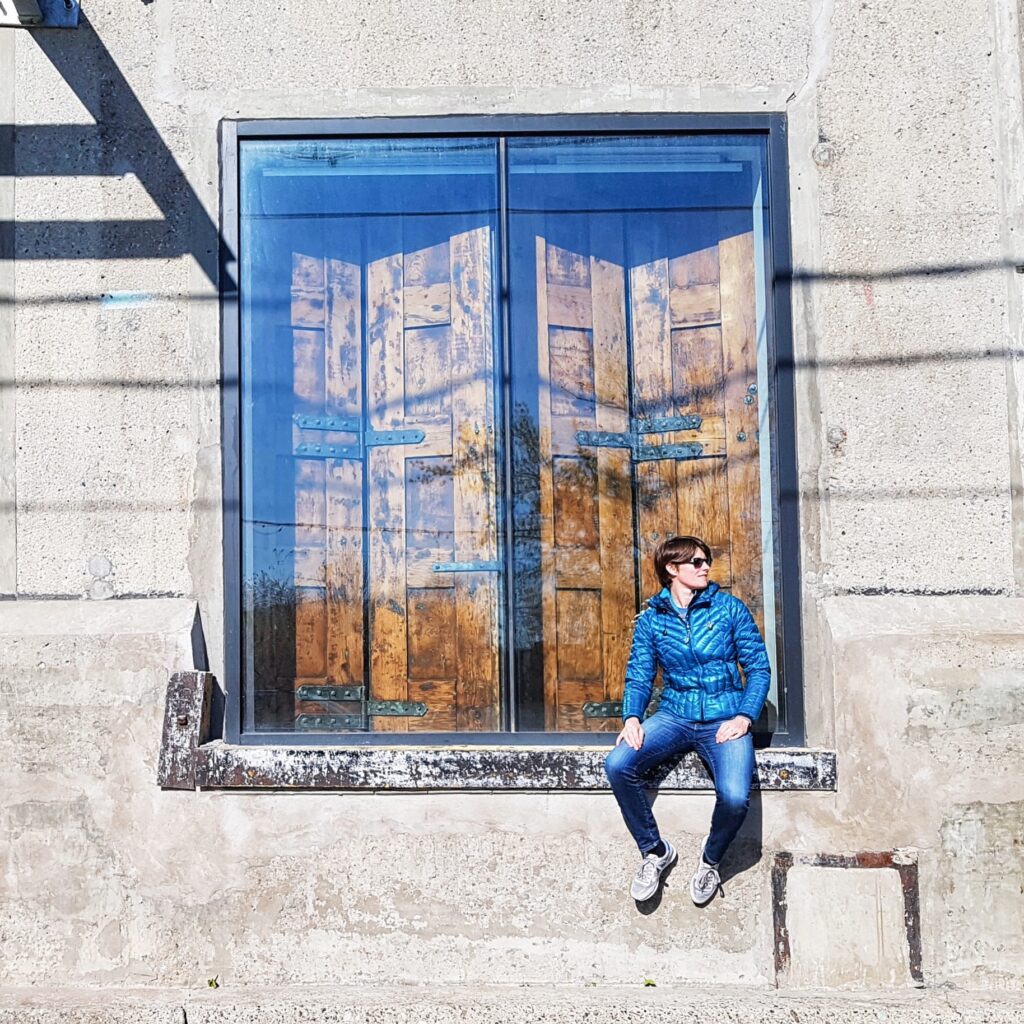
What we got wrong in Athens
We passed the time taking care of my mother, working on creative projects, and scanning the headlines for news of any country that was opening up for international tourism. Suddenly, Greece announced that it was ready for tourists. With my mom’s prognosis looking positive post-surgery, we decided to take a chance on travel again.
We booked a month in Athens, and given the uncertainty of COVID travel restrictions, we’d made absolutely no forward plans. Once we landed in Greece, we’d just have to improvise from there.
This time, we really nailed it with our Airbnb. We increased our budget and found a beautifully renovated penthouse apartment. And it’s a good thing that we liked that apartment so much because we’d otherwise made two major mistakes with our booking.
First, we were in what was billed as an up-and-coming area near Victoria Square. Unfortunately, we remember it best for the rampant homelessness among locals and refugee families, and the riot police on guard at all the intersections.
Our second mistake was being there in August; the city was relentlessly hot. We quickly learned to plan our excursions for the early morning hours and then spend the rest of the day hiding in our air-conditioned apartment.
Despite the heat, we still managed to enjoy the city. We visited the top sights — the Parthenon, Acropolis Museum, the Agora– and wandered through the traditional village of Anafiotika at the base of the Acropolis. We ate at trendy restaurants in the alternative district of Exarcheia; learned to make an outstanding Horiatiki salad (aka Greek salad); and went to Philopappos Hill to watch the sunrise over the city, an experience as magical as it sounds.
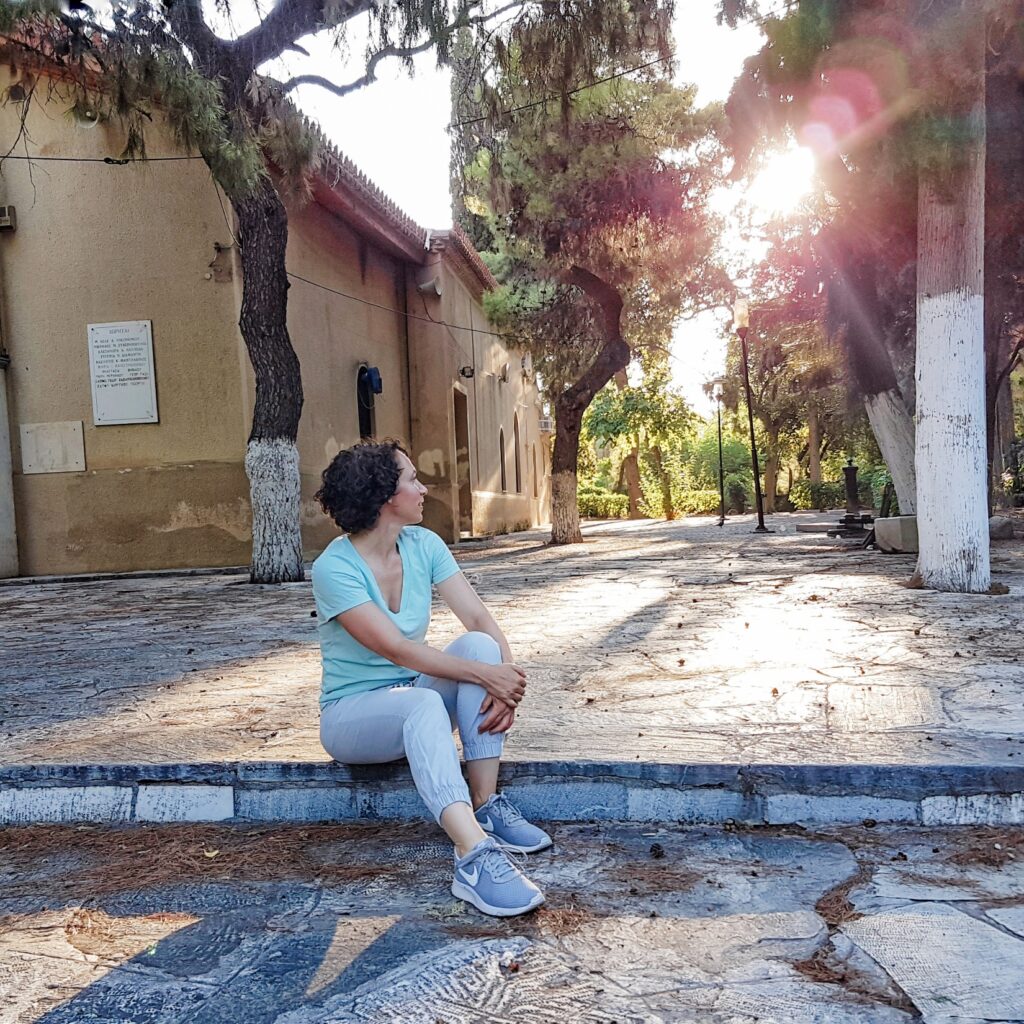
Then, instead of heading to one of the Greek islands like most other tourists, we made the unexpected choice and headed north.
Hidden gems in Northern Greece
We rented the cheapest car we could find, drove north for four hours, and ended up in Meteora, a fairy-tale-like region with towering rock formations and centuries-old monasteries perched on top. We spent a few days hiking and visiting the monasteries, which were built to give monks complete isolation from the world below.
Our next stop was the region of Zagori, most notable for its historic stone villages connected by walking paths. It’s also the home of the Vikos Gorge, one of the world’s deepest canyons, and the perfect spot for a long, beautiful hike.
These are all spectacular parts of Greece that are rarely visited by international tourists. In fact, we’d never heard of these destinations until we started scouring the guide books for a place that would be more authentic and far more affordable than Santorini, Mykonos or any of the other typical vacation spots.
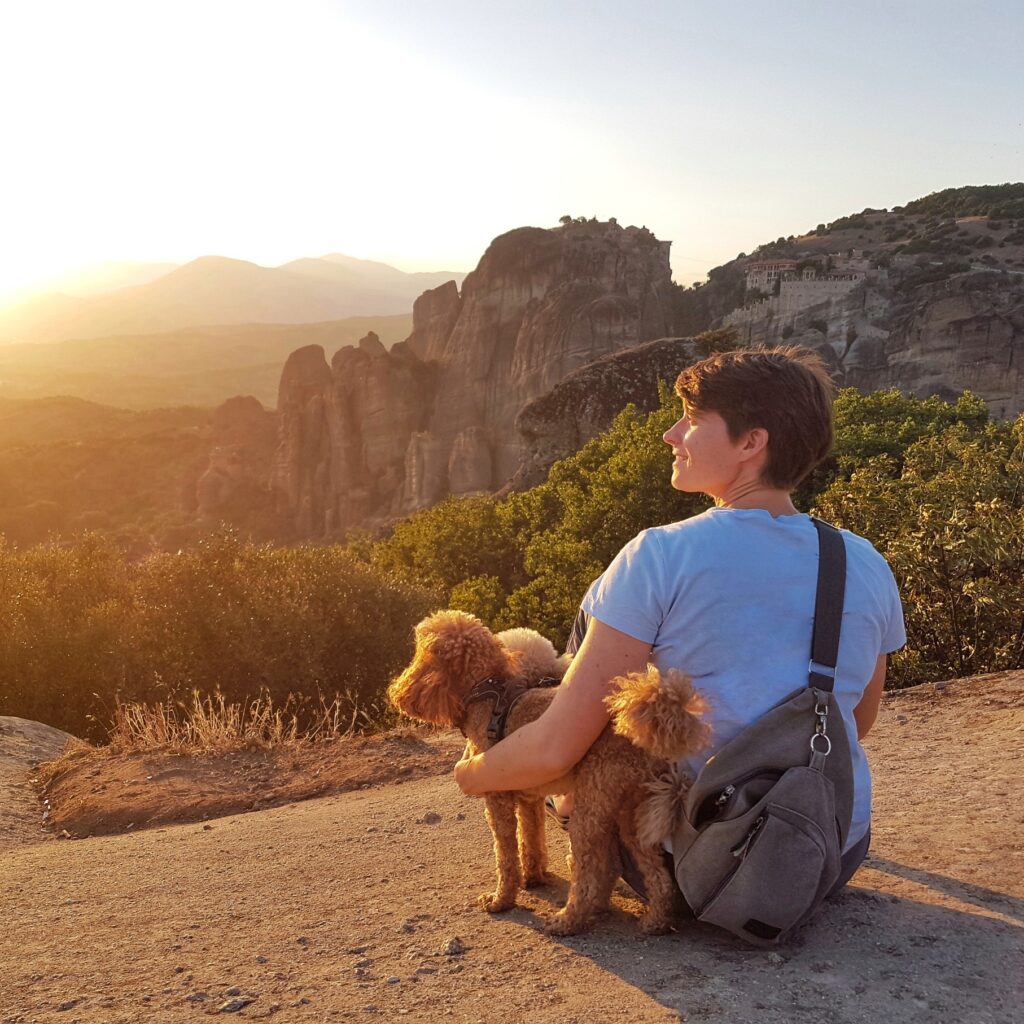
The final stop on our tour was Ioannina, a small, pleasant city on a lake. This was a place to stroll the historic centre; enjoy an 11am freddo cappuccino with the locals in packed coffee houses (apparently COVID was the last thing on anyone’s mind); and indulge in hearty helpings of Greek classics: moussaka, souvlaki, grilled lamb. and bougatsa, a feta-cheese filled pastry.
Our adventure through northern Greece was a lesson in what travel can look like when we put in the extra effort to find a country’s hidden gems. Sure, we missed out on the islands but instead we got to know a region that had yet to be discovered by the crowds.
Interestingly, we capped that experience by heading directly to one of eastern’s Europe’s most famous and over-touristed destinations.
Dubrovnik without the crowds
For many, going to Dubrovnik is a once-in-a-lifetime opportunity to visit the spectacular historic city that shot to international fame as a Game of Thrones setting. For us, it was a convenient destination that we could get to on a points flight direct from Athens.
That said, as soon as we landed, we could see the appeal. Dubrovnik really is a striking city, with its perfectly-preserved old town enclosed by 11th century walls and dramatically situated overlooking the Adriatic Sea.
We couldn’t have picked a better time to visit. The old town is typically bursting with tourists, but COVID had cleared out everyone except the most determined travelers. This gave us the rare opportunity to walk around the top of Dubrovnik’s walls entirely on our own; normally hundreds of people would be up there jostling for the best photo ops.
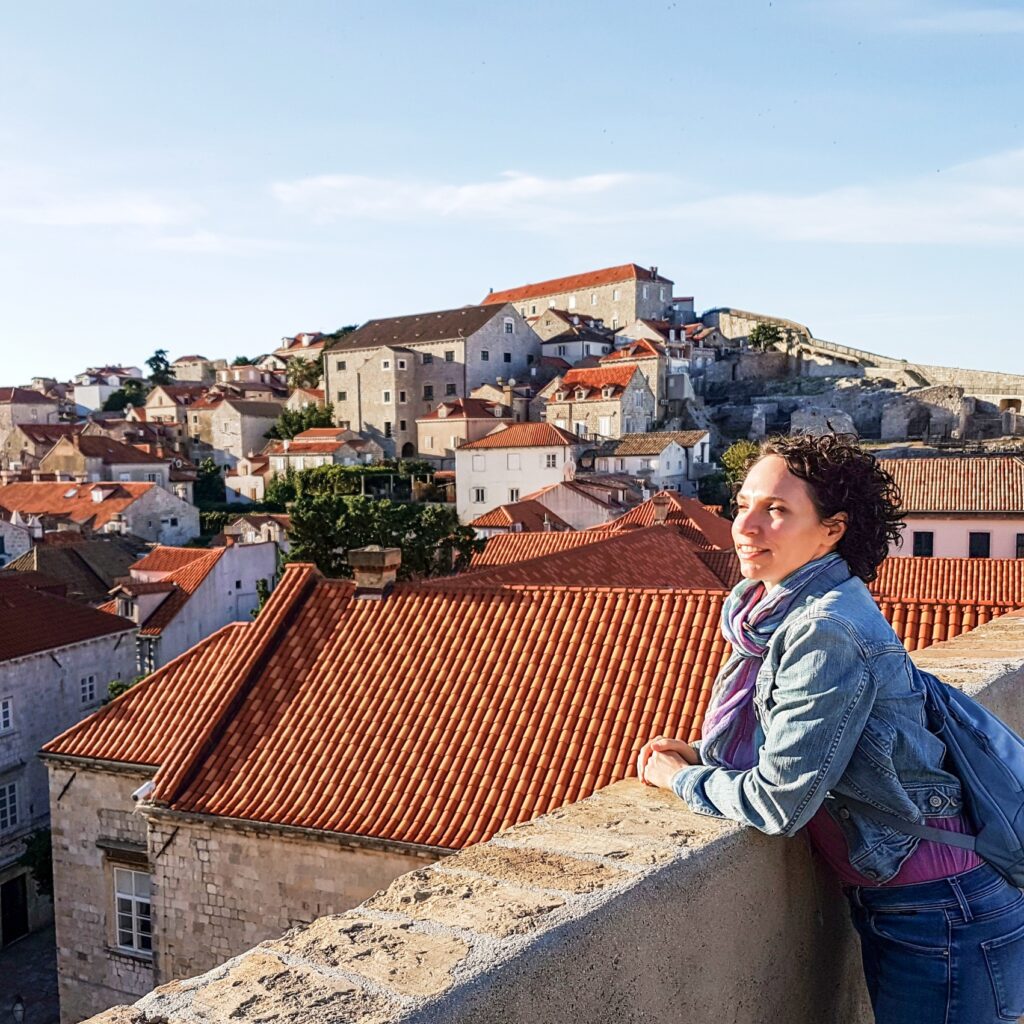
Generally, people spend just a couple days exploring Dubrovnik before moving onto other destinations in Croatia; we made the mistake of booking an entire month. Ultimately, Dubrovnik is a very small city with limited attractions beyond the old town.
Our long stay did, however, give us a chance to see what happens when a small place is completely overrun by tourism. The old town seemed hollowed out; the historic homes had become holiday rentals and all the businesses catered to tourists with a heavy emphasis on expensive dining and souvenirs.
Normally, we like to eat where the locals eat but, in this case, the locals had been priced out of the dining scene. Sure, there were basic restaurants and cafes available, but we only ever saw locals having coffee, never a full meal.
Fortunately, our next stop gave us a much fuller view of local life. After a very scenic drive along the Dalmatian coast, we arrived in the city that we were most excited to visit in Croatia.
Nomad lifestyle in Split
It was in Split where we felt that we were finally hitting our stride with our nomadic lifestyle. More so than Dubrovnik, Split was a liveable city for us, meaning that there were lots of options for walks with the dogs, affordable dining out, decent options for groceries, and plenty of nearby excursions. Split is a good-sized city with a spectacular waterfront and an old town that was built on top of the picturesque ruins of a Roman palace.
We hiked along the waterfalls at Krka National Park; soaked in the views from Klis Fortress; wandered the extensive Roman ruins at nearby Salona; and visited the gallery of Ivan Mestrovic, Croatia’s most famous sculptor.
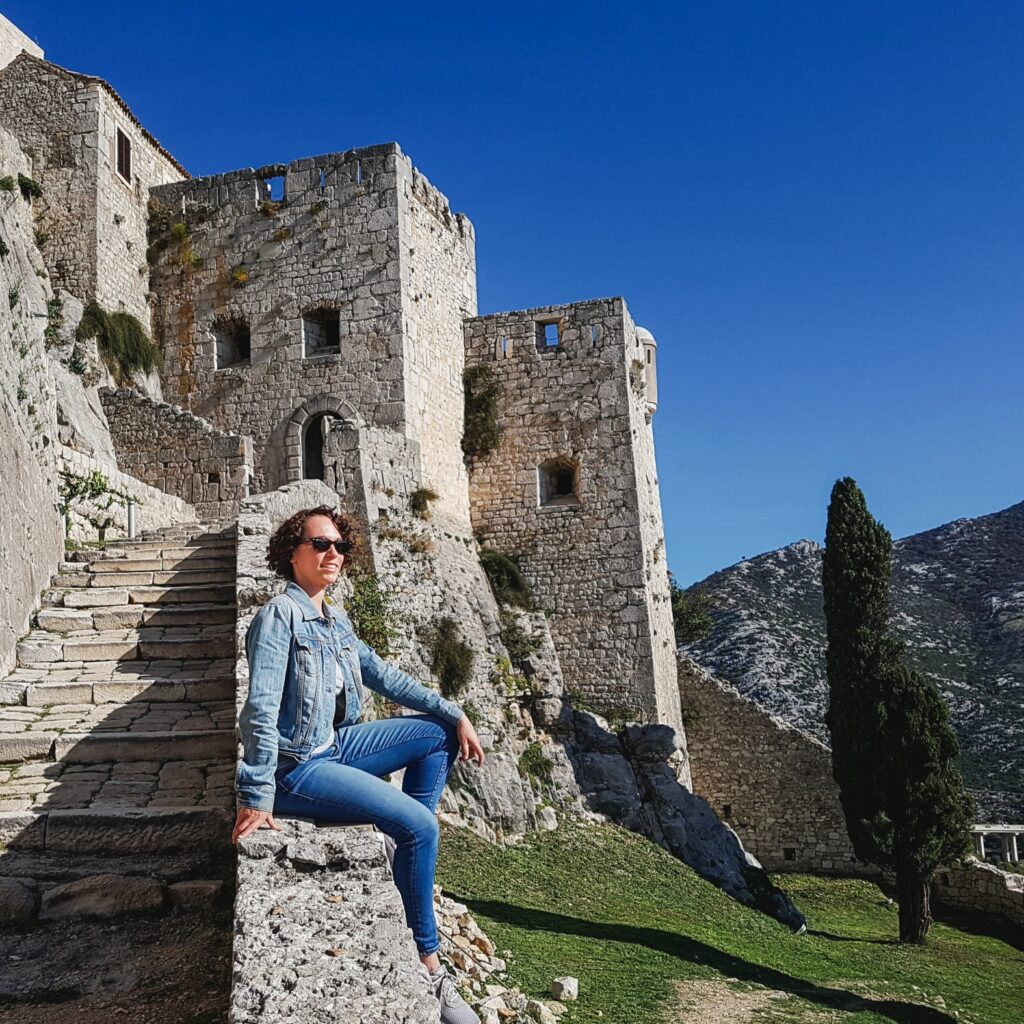
Even more than our excursions, we really enjoyed falling into a rhythm in Split: early morning runs along the waterfront; a cappuccino on the promenade; walks through the trails of Marjan Park; watching the locals play a late-afternoon game of picigin at Bacvice beach no matter how chilly the weather (this is a game invented locally which seems to involves men standing in a circle in waist-deep water and lobbing a ball at each other).
We enjoyed it so much that our four weeks there were extended to six. However, just as the weather turned cool in November, COVID started to catch up with us. Until this point, Croatia had been very relaxed about masks and social distancing. Not surprisingly, infection rates soared, and then the lockdowns began.
It was time to head to our final destination of 2020, but where could we go? Borders were closing again, and the list of places that would accept Canadian travelers just kept getting smaller.
There was, however, one country that was relatively close and wouldn’t say no to our passport. We were heading back to Turkey, but, this time, it would be a very different experience indeed.
A disappointing return to Istanbul
The Istanbul that we visited in 2019 — the easy going, pre-COVID days — was an exciting place where we spent hours wandering the streets, sampling the food and generally being dazzled by the culture.
The Istanbul that we visited in 2020 — smack in the middle of the second wave of COVID — was a completely different story. All the restaurants we fell in love with during our first visit were closed except a small number offering take away meals. There were a fraction of the tourists, which led to substantially quieter streets. Major attractions like Dolmabahçe Palace were almost completely empty.
Weekends were even worse. The entire population was supposed to be under curfew except for the tourists. It seemed like a sad day for the city when lively Istiklal, Istanbul’s lengthy pedestrianized street, was deserted on a Saturday afternoon except for few open businesses and a handful of tourists.
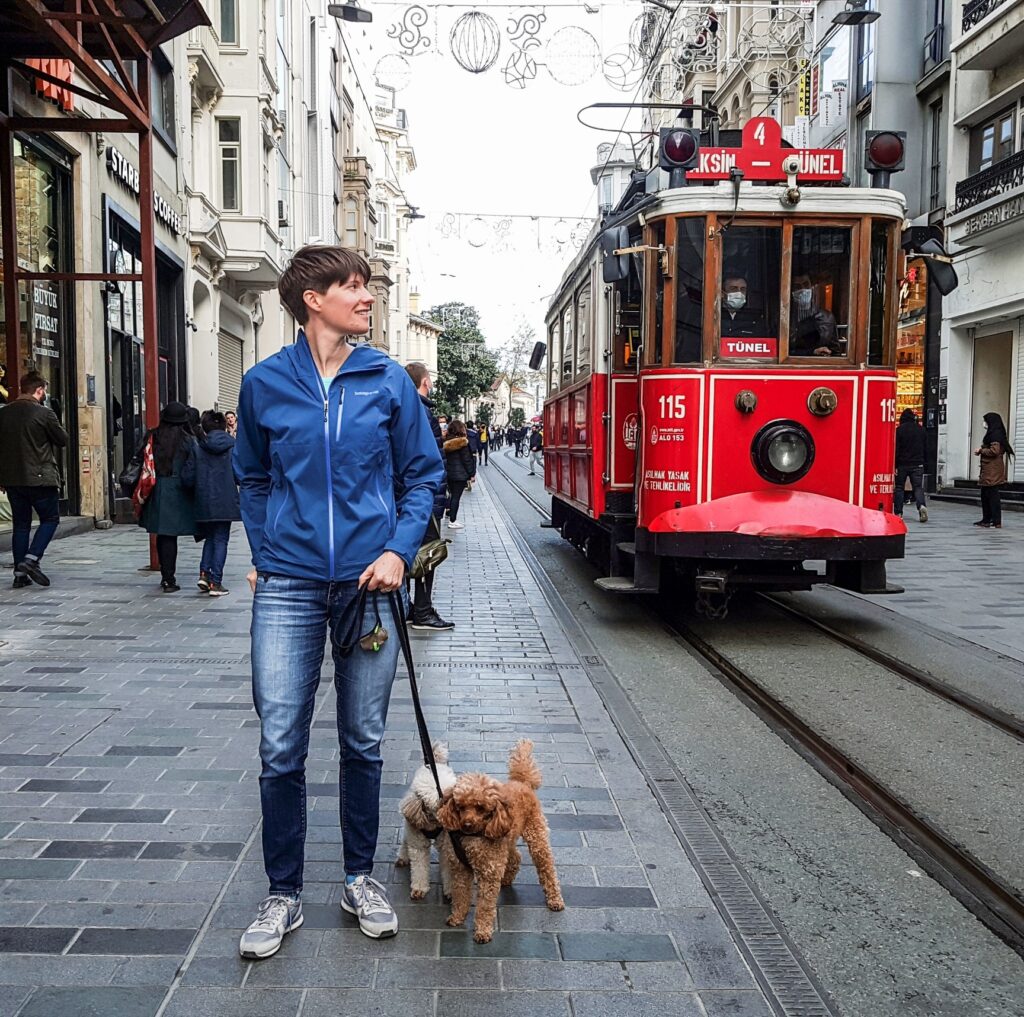
Our Airbnb only made a bad situation worse. We decided to pay a premium for a stylish, minimalist apartment where we could be really comfortable for a month. What we got was a place with a broken Murphy bed, stained upholstery, missing dishware, burnt out light bulbs and a shower with a mildew problem.
The absentee host tried to make amends but could only do so much from afar. Our low point came when we were stuck waiting outside the apartment with the dogs on a rainy afternoon while a team steam cleaned everything. Of course, we couldn’t simply wait in a cafe because the city was in lockdown.
The end of the month couldn’t come quick enough. Yet, once again, we had no idea where to go next. Europe was the closest option but most countries were now firmly closed to non-EU passports. However, there was one country just a short hop from Istanbul and all we needed to enter was a negative COVID test. And that’s how we found ourselves ushering in the new year on a small island in the middle of the Mediterranean.
That brings an end to the recap of our first year of travel. Read part two next.


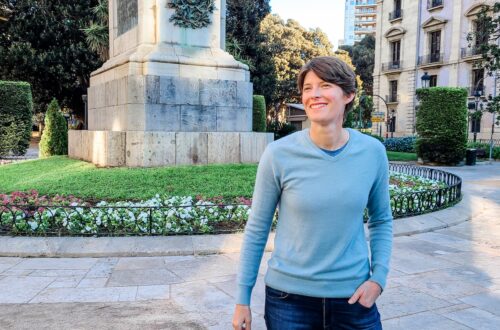
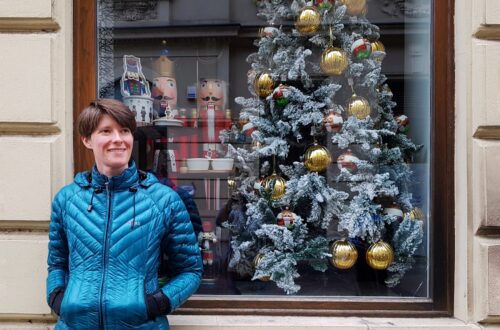
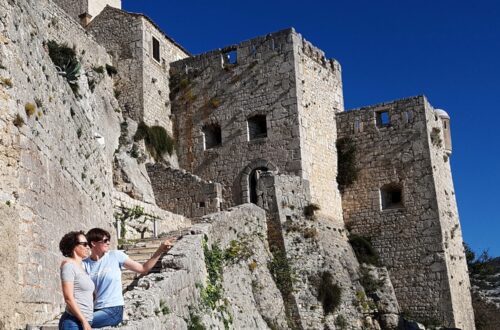
4 Comments
Mark Jacobs
Thank for sharing, you both have helped inspire my wife and I to retire early, albeit not as early as you all, but earlier than we ever expected, and to travel the world. We have been following your adventures from the beginning and are very happy we have.
Our Freedom Years
As always, we’re so happy to hear it and to know that our stumbling and bumbling around the world has been helpful! We’ve made a lot of mistakes but they were always useful for the learning and occasionally a good laugh.
Jessica
Wow, so many amazing adventures and unexpected moments packed into one year!! I was a huge fan of your YouTube series and reading this has given me more perspective into other situations happening in your lives during that time. I hope your mom is all healed, Stephanie, I’m currently helping my mother through cancer… so, so tough.
Question for you two: do you still think those 4 years of nomadic travel were worth it or do you think you would have gone a different path? I know you lived in Singapore for a few years even before this, so definitely understandable to miss family and friends in Canada. My husband and I have reached our “Global FIRE” number (enough to travel the world, not enough to FIRE fully in expensive SoCal haha) and plan to go nomadic in Fall 2025. My goal is 4 months travel, 2 months home, 4 months travel, 2 months home, repeat for as many years as we want. Hoping this will help us still stay connected with family and friends while allowing us to travel. I do think eventually we’ll want a home base, just tough with cost of living in areas like SoCal or Toronto! I’d love any thoughts and recommendations, thanks 🙂
Our Freedom Years
Hi Jessica – We couldn’t be happier with having chosen the four years of full-time travel. We were really itching to see more of the world after having see so much of Asia during our stint in Singapore. There were a lot of bumps in the road, of course, but so many wonderful experiences and so much learning as well.
I love your plan of rotating the travel with time at home — spending more time with friends in a familiar place should really help reduce the travel burnout. As far as the financials go, when we chose our home base, we weren’t interested in spending a premium to be in a big city like Toronto. Also, our travels had taught us that we preferred smaller places anyway. You might find that your interests change as well once you start your travels. In fact, the best part of FIRE is that you give yourself permission to change your mind and your lifestyle whenever you want!